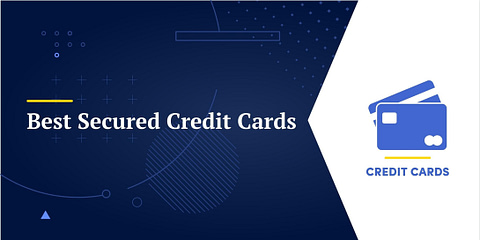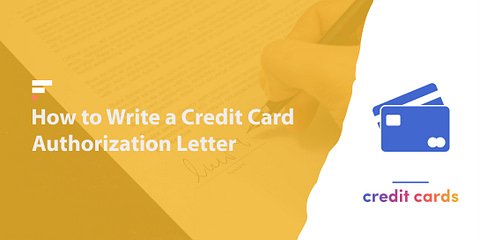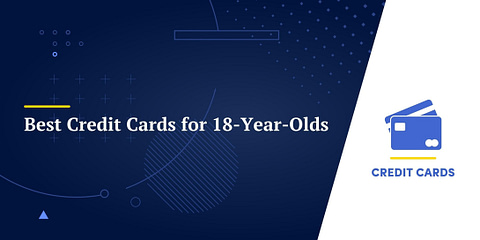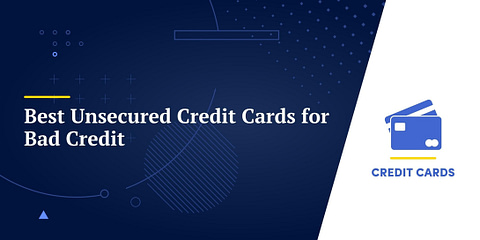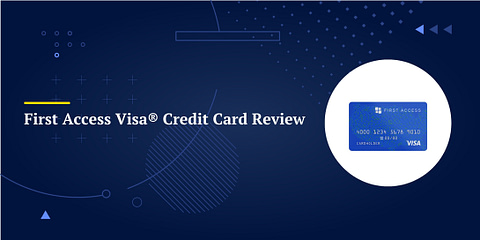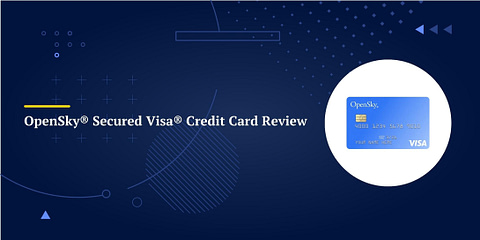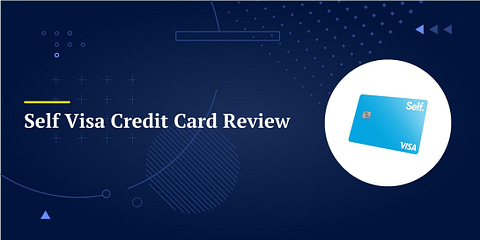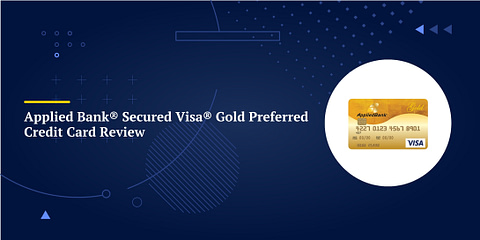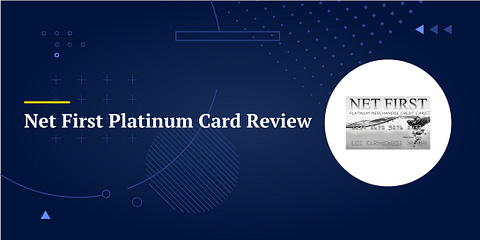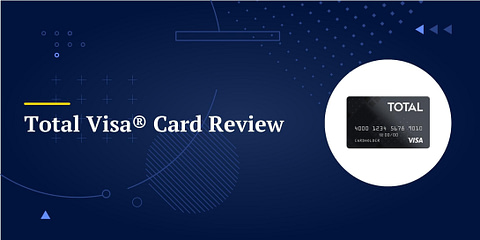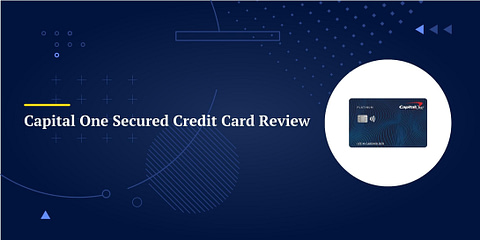Credit card churning involves continuously opening up credit cards to get the rewards they offer, then closing them to avoid annual fees. Successful churners can accumulate points, miles, and cash, essentially for free.
Credit card churning leans heavily on the introductory bonuses that many cards offer.
If you’re interested in credit card churning, here’s what you should know about the strategy, including how it works, when it’s worth pursuing, and how to go about it as safely as possible.
How Credit Card Churning Works
Credit card issuers often provide two types of incentives to sign up for their accounts: percentage-based cashback rewards and lump-sum bonuses for reaching certain spending levels during an introductory period. It’s primarily the latter that churners use to their advantage.
These credit cards often have an annual fee attached to them. If possible, churners will typically cancel their account before the credit card issuer charges them for it.
👉 For Example
Say you find a credit card with 1.5% cashback on all purchases, a $50 annual fee (waived the first year), and a $500 bonus for spending $2,000 within the first three months of opening the card.
You know that you spend about $2,000 per month anyway, so you feel comfortable applying for the card. After a month of typical spending, you become eligible for the bonus. Once you get it, you cancel the card to avoid getting hit with the $50 annual fee after twelve months.
You’d walk away with a reward of $2,000 x 1.5% + $500 = $530.
A beginner or conservative credit card churner might perform transactions like these only a few times a year, while the most advanced and aggressive churners may shoot for a few dozen times a year.
How Credit Card Churning Affects Your Credit
The appeal of credit card churning is obvious. The downsides aren’t always as straightforward. Churning carries risk, and there are roadblocks you’ll need to navigate to churn safely.
First and foremost, credit card churning has significant implications for your credit. Even if you do it right, it can negatively affect several factors making up your credit score.
Let’s take a look at how it can affect your credit at each stage of the process.
Applying for Credit Cards
Credit card churning requires applying to multiple credit cards in relatively quick succession. Each application registers a hard inquiry, which involves pulling your credit report and checking your credit score.
Every hard inquiry takes a few points off your score and having too many can really add up. FICO claims that borrowers with six on their report at once can be up to eight times more likely to declare bankruptcy than those with none.
Lenders who use FICO will probably penalize you as much as they’re going to by that point. However, inquiries are only worth 10% of your score, so they’re not the end of the world.
Hard inquiries stay on your report for two years, but they usually stop affecting your score after one. Many credit card churners try to space out their applications because of this.
Qualifying for Accounts
Qualifying for a credit card will improve your credit utilization, which equals your total outstanding debts divided by your maximum borrowing limit. For example, if your only credit card has a balance of $500 and a limit of $1,000, your utilization ratio is $500/$1,000 = 50%.
When you qualify for new accounts and increase your total borrowing limit, your score will generally benefit. Credit utilization is one of the most important metrics in the Amounts Owed factor, which is 30% of your FICO score.
Qualifying for accounts can hurt your score in other ways. It lowers the average age of your accounts, which is one aspect of your Length of Credit History factor. Fortunately, that’s only 10% of your FICO score.
Chasing Rewards
To get the rewards for spending money on your credit cards, you’ll naturally accumulate a balance on them. You can and should pay these off as soon as possible before interest begins to accrue. Still, you’ll increase your overall debt balance temporarily, which will generally hurt your score.
Of course, spending with credit always sets you up with an opportunity to miss payments and damage your Payment History. That shouldn’t be an issue here. You should only churn cards that you can afford to pay off quickly and easily.
⚠️ If you’re at all worried that credit card churning will cause you to overextend yourself or miss any of your payments, don’t try it. Credit card churning is an advanced technique and can devastate your finances and credit if you don’t start from an excellent foundation in both areas.
Closing Accounts
Closing your new credit accounts will reduce your total credit limit and reverse any positive effects they had on your credit utilization ratio. Eventually, the cards will also age off your credit report, which will reduce the average age of your credit account.
While these are both technically negative effects, neither of them should be much of a concern. They shouldn’t lower your score below what it was before you acquired your account.
📘Learn More: If you’re not quite sure how lenders calculate your credit score, take a look at our comprehensive guide on the subject: How is My Credit Score Calculated? 5 Most Important Factors.
Credit Card Issuers Don’t Like Credit Card Churning
The financial institutions that provide credit cards dislike churning. They offer rewards so they can make money off things like your interest charges, annual fees, and cash advances.
These can only happen if you sign up and hold onto the account for some time. If you cancel your card as soon as you qualify for their rewards, they lose money on the deal.
While they can’t make credit card churning illegal, they often put measures in place to discourage it. Here are some examples:
- Chase: Their 5/24 rule prevents you from qualifying for an account with them if you’ve opened five others, regardless of who the account is with, in the last 24 months.
- Citibank: Citibank generally denies your application for a credit account if you’ve had one before and canceled it too recently. They often make you wait 24 or 48 months from the date of your previous application to get the card and its reward again.
- American Express: You can usually only apply for an American Express card and earn its introductory bonus once. If you cancel and reapply, even years later, you can’t get a bonus on the same card again.
Even if you avoid these limitations, lenders can still punish you for churning. If they feel like you’re abusing the system, they can boycott you for future accounts. Violating their terms and conditions can even cause them to cancel your account or take your rewards back.
💡 Before you engage in credit card churning, do your due diligence on the policies of the card issuers you’re considering. They don’t always publicize them, but you can often find discussions of them in online forums where churners congregate.
When Is Credit Card Churning Worth It?
Credit card churning is a way to take advantage of the credit system and generate some extra cash, but it’s not the right move for everyone. If any of the following apply to you, churning won’t be worth it:
- Your credit score prevents you from qualifying for the best reward cards.
- You don’t spend enough to reach the rewards naturally or without getting yourself into financial trouble.
- You’re planning to buy a house or car using a loan soon (mortgage lenders are particularly picky about these things).
Even if there are no obvious reasons why you shouldn’t engage in credit card churning, it still might not be worth your time. Churning might seem like free money, but it requires a lot of planning and discipline at the higher levels.
Just because it’s so important, I’ll say it once more: Churning credit cards requires a solid financial foundation. Don’t try to do it without a healthy emergency fund, a stable and positive monthly cash flow, and an advanced understanding of the credit system.
⚠️ Remember, churning involves racking up credit card debt by definition. You should only attempt it if you can safely manage your balances. If it goes poorly, you could spend money you wouldn’t have otherwise just to get a reward, fail to pay back your balances, and get stuck with a pile of debt that accrues significant interest.
How to Start Churning Effectively
If you’re going to start credit card churning, make sure you implement effective organizational strategies from the beginning. Churning forces you to reach specific spending levels on multiple cards, juggle monthly payments, and track rewards for each new account.
If you’re not careful, you could cause significant damage to your credit or cost yourself a lot of money by missing a payment or deadline. Create a spreadsheet or copy one from a successful churner to keep everything sorted.
You should also find ways to spend the necessary amounts without artificially inflating your expenses. For example, churners often manufacture spending, which involves buying things on credit that you can then turn back into cash, like gift cards.
Above all, don’t rush into anything. The rewards aren’t going anywhere, and you only get one shot with your money and credit. Start slow with one or two cards, see how it goes, and work your way up from there.
📘 Learn More: Do you want to build your credit score so you can qualify for better credit card rewards? Take a look at our favorite ways to get started: How to Build Credit: 11 Most Effective Ways

